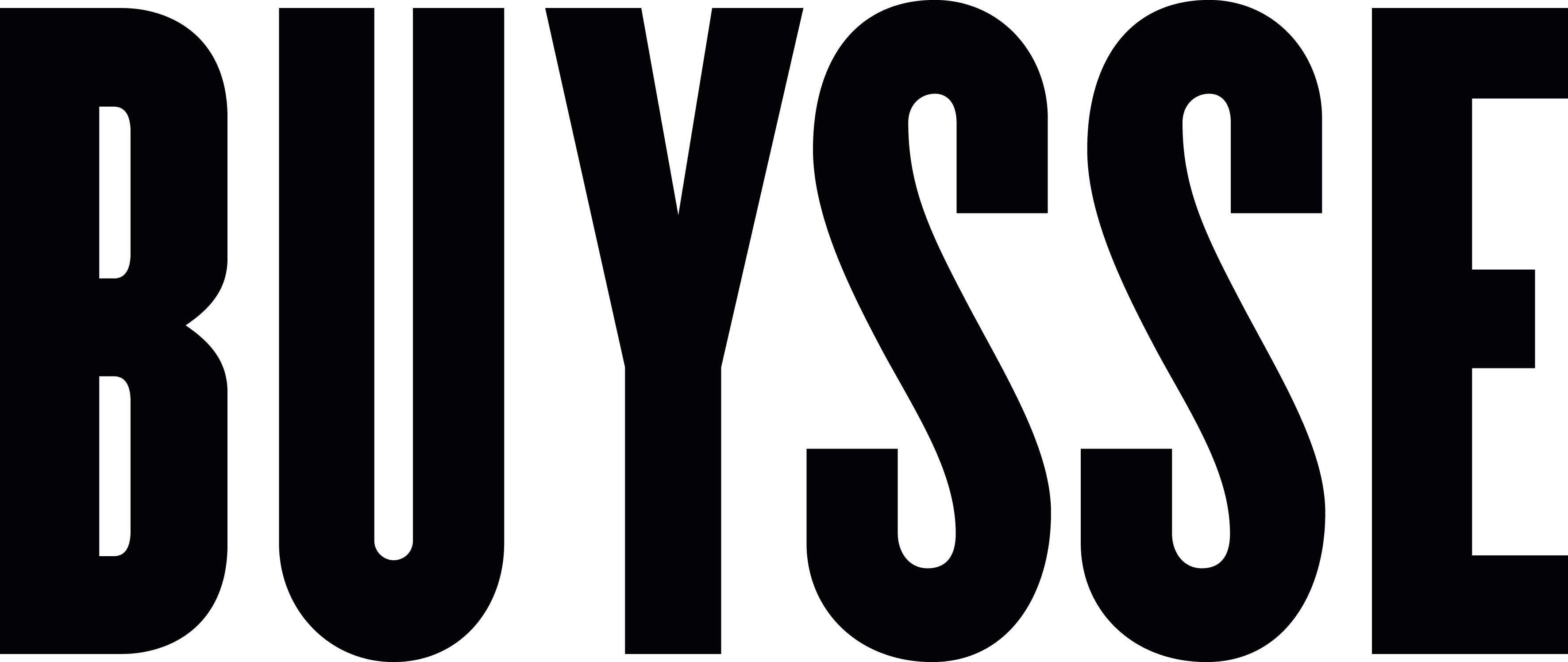Abstraction here is not a fixed form but a state of transition: a dialogue between light, matter, and time that unfolds with the rhythm of the sea.
ABSTRACT TRANSFORMATIONS II forms part of Buysse Gallery's ongoing inquiry into abstraction as a condition of perception and time.
Following the first chapter of the series, this exhibition continues to explore how form, light, and duration are constantly renegotiated within the act of looking. Abstraction here is not fixed but fluid, it adapts, expands, and contracts, much like the sea that surrounds the gallery's coastal setting.
The exhibition unfolds slowly, like a tide returning to the shore, its rhythm marked by subtle s rather than clear boundaries. It opens with a trio presentation of Damien Bénéteau, Cyrielle Gulacsy, and Rema Ghuloum, three artists whose practices converge in their sustained attention to light, time, and perception. Their works, distinct in material and method, share an understanding of abstraction as a lived process, something that evolves through patience and observation.
The gallery, situated by the sea, becomes a space for reflection on what abstraction might mean today and how it can exist not as a style but as a process of becoming. Each artist works with duration: light as movement, repetition as vibration, surface as memory. Together, they construct an environment where perception itself becomes material, unfolding in the viewer's time as much as in the artist's.
Damien Bénéteau works with light as a sculptural event. His kinetic constructions neither command attention nor dramatize motion; rather, they reveal it through intervals of stillness. Subtle pulses of illumination, measured rotations, and delicate s of balance generate a dialogue between object and observer. The works recall early investigations into optical and kinetic art, notably the European experiments of the 1960s, yet remain grounded in restraint and precision. Bénéteau's interest lies not in movement itself but in the threshold where perception begins to move. The result is an environment that oscillates quietly between mechanical logic and sensory uncertainty.
Cyrielle Gulacsy paints through repetition. Her practice is built from the patient accumulation of points, lines, and intervals, units that, once combined, form expansive fields vibrating at their own visual frequency. The act of looking slows down; rhythm replaces image. Within these surfaces, geometry breathes. Order becomes atmosphere. Her chromatic systems evoke the perceptual studies of Josef Albers and the meditative rigor of Agnes Martin, yet Gulacsy's approach remains distinctly her own. The paintings are not optical illusions but exercises in attention, where precision dissolves into the intimacy of touch.
Rema Ghuloum approaches painting as excavation. Each work is built through successive layers of stain, sanding, and reapplication, allowing the memory of previous gestures to remain visible beneath the surface. The resulting images, if they can be called images, are sedimented and temporal. They record duration rather than depict it. Ghuloum's paintings resonate with a material phenomenology reminiscent of Maurice Merleau-Ponty's reflections on the intertwining of seeing and being seen: the surface becomes an extension of perception itself. In these works, time is not an external measure but an internal pulse.
Each artist approaches abstraction as an open system, one that resists completion and remains sensitive to time. Their practices are united not by formal similarity but by an ethics of attention: a shared commitment to processes that unfold slowly, without final resolution.
As these works come together, the exhibition becomes less a collection of objects than a choreography of perception. Light touches surface; the gaze slows down; attention s. The visitor moves through intervals of luminosity and pause, through repetition and resonance. In this continuum, abstraction is not a language to be decoded but an experience to be entered. It exists between moments, between stillness and change, presence and disappearance.
Throughout the season, ABSTRACT TRANSFORMATIONS II will evolve, introducing new works and configurations. The exhibition's structure remains open, reflecting the gallery's approach to the off-season: not as a pause, but as movement inward, a time for reflection, precision, and slow transformation.
The rhythm of the show aligns with that of its setting. As the daylight changes along the coast, so too does the perception of each work. The sea, always present yet never still, becomes an unspoken participant, a mirror for the exhibition's ing temporality.
Within this continuum, the gallery itself becomes part of the work, not a backdrop but a participant in the process of transformation. Its architecture holds space for duration, allowing the experience of art to extend beyond fixed hours or fixed forms.
"The gallery is not a static space, but a dynamic field of exchange, one that extends beyond its walls, offering twenty-four-hour access to a wider audience alongside the rhythms of this coastal town." - Louis Buysse
This vision positions Buysse Gallery not merely as a site of display but as a living structure within its environment. The gallery's presence in Knokke, a place shaped by both tourism and solitude, by moments of density and intervals of calm, echoes the logic of the exhibition itself. It insists that art, like light, continues to exist outside the moment of viewing.
In ABSTRACT TRANSFORMATIONS II, abstraction becomes a way of attuning to time, of noticing how perception s when one slows down enough to see. The works do not speak loudly; they ask to be returned to. They belong to a curatorial rhythm that values duration over novelty, depth over immediacy.
Ultimately, this exhibition proposes that transformation is not the exception but the rule, a quiet, continuous state through which both art and viewer pass. In the measured stillness of Buysse Gallery, abstraction is redefined as an act of attention: a shared movement between artists, materials, and the sea beyond the glass.




